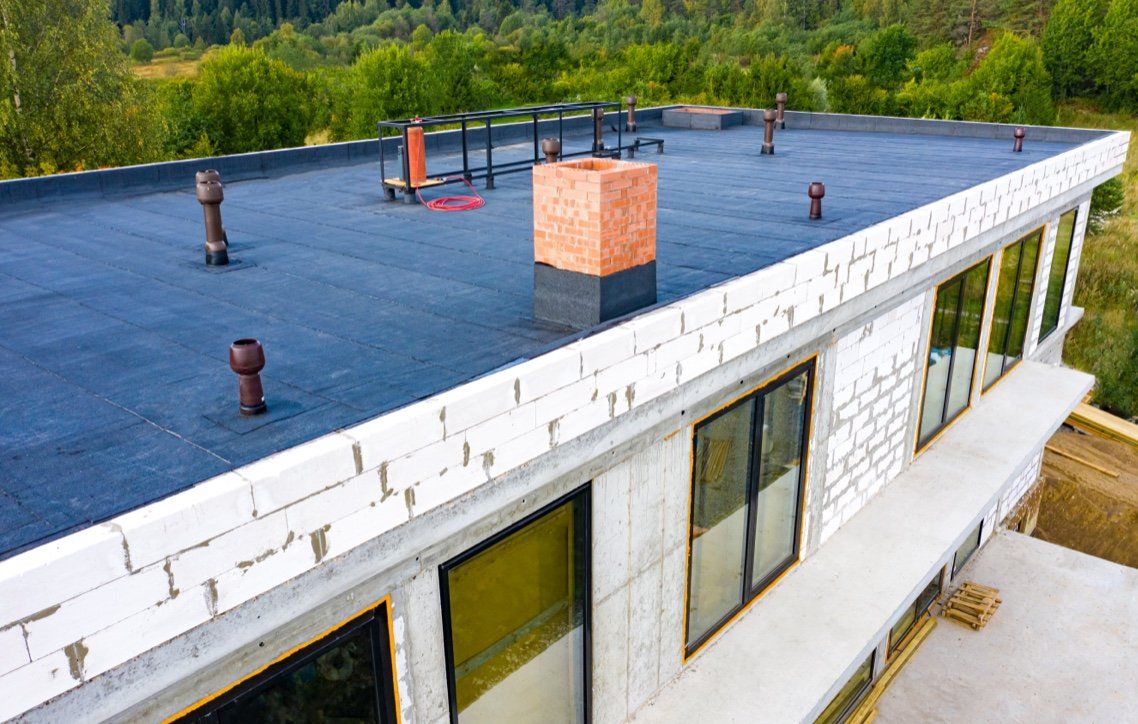The color of your roof affects more than just the look of your home—it can influence your energy efficiency and comfort. Let’s dive into the science of roof colors to determine which one is best for your climate.
Understanding How Roof Color Affects Heat Absorption
The color of your roof plays a significant role in heat absorption. Dark colors, like black, absorb more heat, raising roof surface temperatures and warming your home. White roofs, on the other hand, reflect sunlight, keeping temperatures cooler and reducing strain on cooling systems.
Climate Considerations: When to Go Light or Dark
The best roof color for your home depends on your local climate conditions:
- Tropical Climates: In hot climates, white or lighter roofs are ideal for reflecting heat, reducing indoor temperatures, and lowering air conditioning costs.
- Cold Weather Areas: For colder climates, darker roofs are better because they absorb heat, helping to maintain warmth inside and lower heating costs.
- Moderate Climates: In moderate climates, a neutral or slightly darker shade may be the best option, depending on your insulation and overall energy needs.
Energy Efficiency and the Urban Heat Island Effect
White roofs are particularly useful for combating the urban heat island effect, where cities experience higher temperatures due to the prevalence of dark roofs and surfaces. These roofs help lower city temperatures and reduce overall energy use.
Weathercraft’s Tips for Choosing the Right Roof Color
Here are some key factors to consider when choosing your roof color:
- Climate Suitability: Think about your region’s weather patterns.
- Material Durability: Make sure your roofing material works well with the color you choose.
- Aesthetic Appeal: Consider how the roof color will blend with your home’s exterior for a harmonious appearance.
- Cost-Effectiveness: Think about long-term savings in energy costs when selecting a roof color.
Weathercraft’s experts are here to help you select the best roof color and material for your home and budget.
